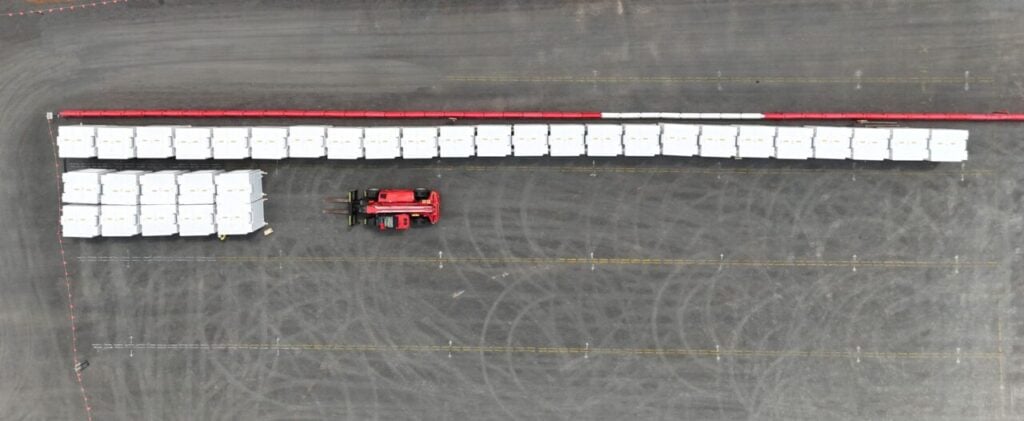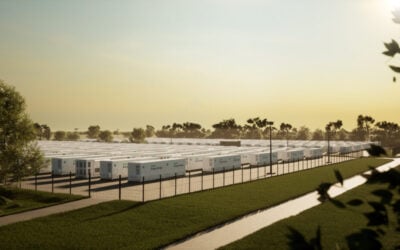
Two battery storage sites in New South Wales, Australia, have achieved critical construction milestones.
Potentia Energy has received federal environmental approval for its 1,000MWh Tallawang Solar Hybrid project, and Fluence has delivered its Gridstack battery energy storage equipment to Ampyr Australia’s 600MWh Bulabul Battery installation.
The developments represent over 1.6GW of combined energy storage capacity advancing toward operation across New South Wales’ Renewable Energy Zones (REZ), highlighting the state’s accelerating transition to utility-scale solar-plus-storage and standalone battery energy storage systems (BESS).
Potentia Energy receives approval for 1,000MWh solar-plus-storage project
Potentia Energy has received environmental approval from the Federal government under the Environment Protection and Biodiversity Conservation (EPBC) Act for its 1,000MWh Tallawang Solar Hybrid project.
Try Premium for just $1
- Full premium access for the first month at only $1
- Converts to an annual rate after 30 days unless cancelled
- Cancel anytime during the trial period
Premium Benefits
- Expert industry analysis and interviews
- Digital access to PV Tech Power journal
- Exclusive event discounts
Or get the full Premium subscription right away
Or continue reading this article for free
The approval carries no conditions under the EPBC Act, clearing a significant regulatory hurdle for the development.
The Tallawang project represents a major addition to the state’s Central West Orana REZ, featuring a 500MW solar PV power plant paired with a 500MW/1000MWh DC-coupled energy storage system and associated infrastructure.
Federal consent follows the New South Wales state approval received by the project in October, marking another step toward the commencement of construction. The project forms part of Potentia Energy’s broader renewable energy portfolio development across Australia, which has expanded following the company’s acquisition of a 1.2GW renewable energy portfolio.
The Central West Orana REZ has emerged as a critical component of New South Wales’ renewable energy transition, with EnergyCo granting access rights for 7.15GW of renewables and energy storage across the zone.
The rise of DC-coupled battery storage systems could also prove critical to the success of the country’s utility-scale solar PV fleet. In a recent interview with ESN Premium, Neha Sinha, product manager for energy storage systems at Wärtsilä Energy Storage, believes there is a necessity for co-located battery storage to address emerging market challenges and maximise system potential.
Fluence equipment arrives at Ampyr Australia’s 600MWh Bulabul Battery
In other news, Fluence has commenced delivery of Gridstack battery energy storage equipment to Ampyr Australia’s Bulabul Battery project site near Wellington, New South Wales.
The equipment delivery marks a construction milestone for the 300MW/600MWh battery storage system.
The Bulabul Battery project represents one of the largest battery installations under development in New South Wales, with its 600MWh capacity providing substantial grid support and renewable energy integration capabilities for the region.
Ampyr Australia began construction on the project following extensive development and approval processes. It is also located in the Central-West Orana REZ.
Fluence’s Gridstack technology serves as the core battery storage platform for the Bulabul project, delivering grid-scale energy storage capabilities specifically designed for utility applications.
The company stated that the modular cube design enables efficient installation and commissioning processes, while providing the flexibility to scale capacity as needed.
Ampyr Australia has emphasised community engagement throughout the project development, including the implementation of an Aboriginal equity model that provides ongoing economic benefits to local Indigenous communities.





